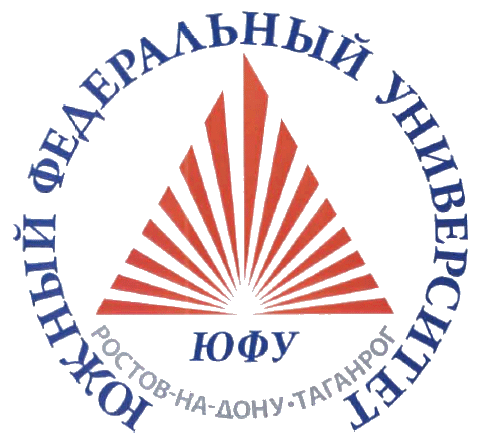1. The History of the Study of Intercultural Communication. The Early Development of the Discipline.
2. The Relationships between Culture, Communication and Context. High Culture and Low Culture. Culture as a Contested Zone.
3. Language and Intercultural Communication.
4. Nonverbal Communication. Comparing Verbal and Nonverbal Communication. Nonverbal Codes: proxemics, eye contact, facial expressions, chronemics and others.
5. Cultural Space. Cultural Identity and Cultural Space.
6. Intercultural Transitions. Types of Migrant Groups. Culture Shock. Migrant-host Relationships: assimilation, separation, integration, marginalization.
7. Cultural Adaptation. Models of Cultural Adaptation. Individual Influences on Adaptation.
8. Intercultural Conflict. Two Orientations of Conflict. Cultural Differences in Conflict Views. Strategies and Tactics for dealing with Conflict.
9. Effective Intercultural Communication. The Components of Competence.
10. Culture and Language. Humanity and Language. Properties of Language.
|














